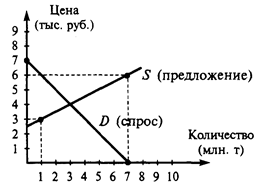Introduction. C# (pronounced “See Sharp”) is a simple, modern, object-oriented, and type-safe programming language
C# (pronounced “See Sharp”) is a simple, modern, object-oriented, and type-safe programming language. C# has its roots in the C family of languages and will be immediately familiar to C, C++, and Java programmers. C# is standardized by ECMA International as the ECMA-334 standard and by ISO/IEC as the ISO/IEC 23270 standard. Microsoft’s C# compiler for the.NET Framework is a conforming implementation of both of these standards. C# is an object-oriented language, but C# further includes support for component-oriented programming. Contemporary software design increasingly relies on software components in the form of self-contained and self-describing packages of functionality. Key to such components is that they present a programming model with properties, methods, and events; they have attributes that provide declarative information about the component; and they incorporate their own documentation. C# provides language constructs to directly support these concepts, making C# a very natural language in which to create and use software components. Several C# features aid in the construction of robust and durable applications: Garbage collection automatically reclaims memory occupied by unused objects; exception handling provides a structured and extensible approach to error detection and recovery; and the type-safe design of the language makes it impossible to read from uninitialized variables, to index arrays beyond their bounds, or to perform unchecked type casts. C# has a unified type system. All C# types, including primitive types such as int and double, inherit from a single root object type. Thus, all types share a set of common operations, and values of any type can be stored, transported, and operated upon in a consistent manner. Furthermore, C# supports both user-defined reference types and value types, allowing dynamic allocation of objects as well as in-line storage of lightweight structures. To ensure that C# programs and libraries can evolve over time in a compatible manner, much emphasis has been placed on versioning in C#’s design. Many programming languages pay little attention to this issue, and, as a result, programs written in those languages break more often than necessary when newer versions of dependent libraries are introduced. Aspects of C#’s design that were directly influenced by versioning considerations include the separate virtual and override modifiers, the rules for method overload resolution, and support for explicit interface member declarations. The rest of this chapter describes the essential features of the C# language. Although later chapters describe rules and exceptions in a detail-oriented and sometimes mathematical manner, this chapter strives for clarity and brevity at the expense of completeness. The intent is to provide the reader with an introduction to the language that will facilitate the writing of early programs and the reading of later chapters.
|




